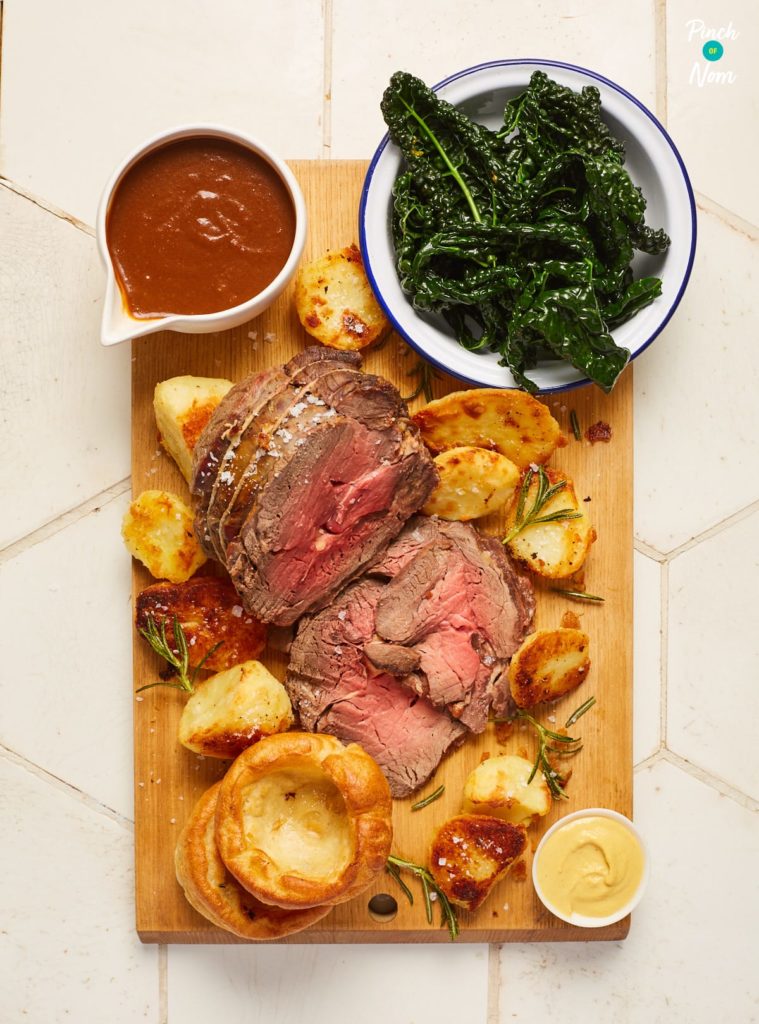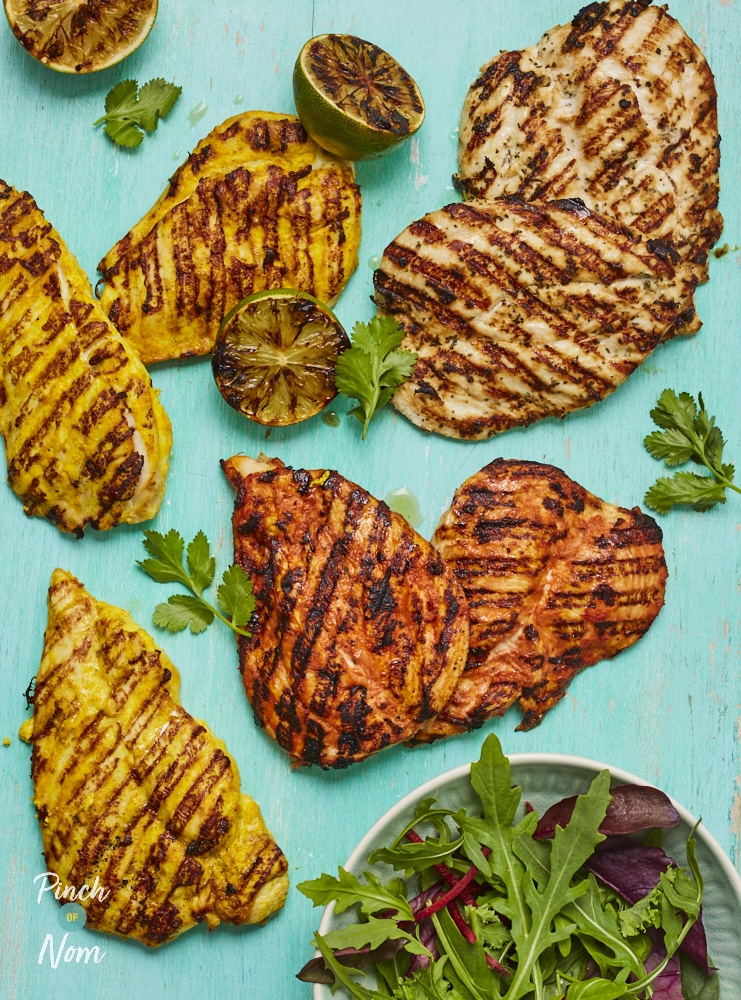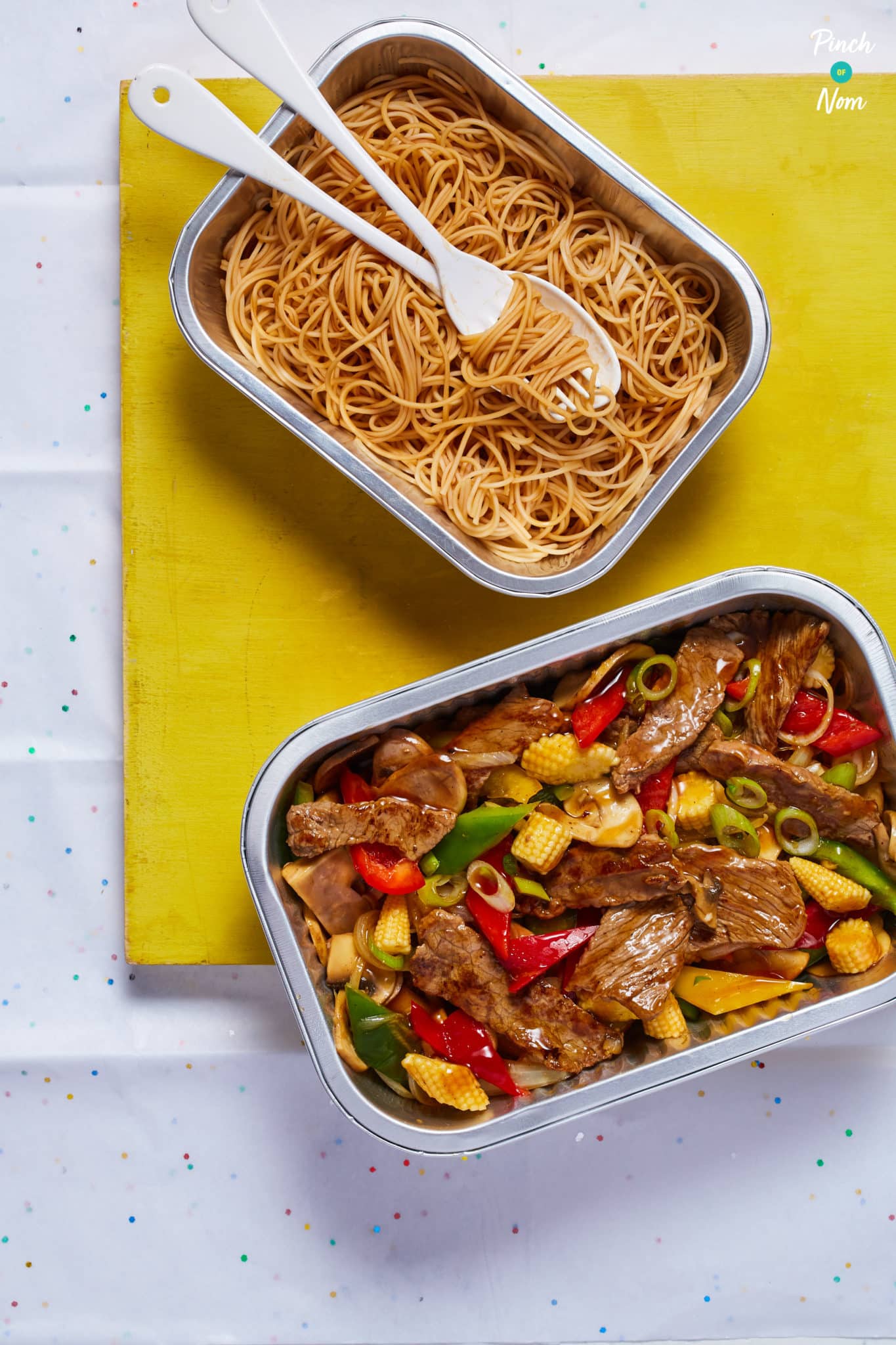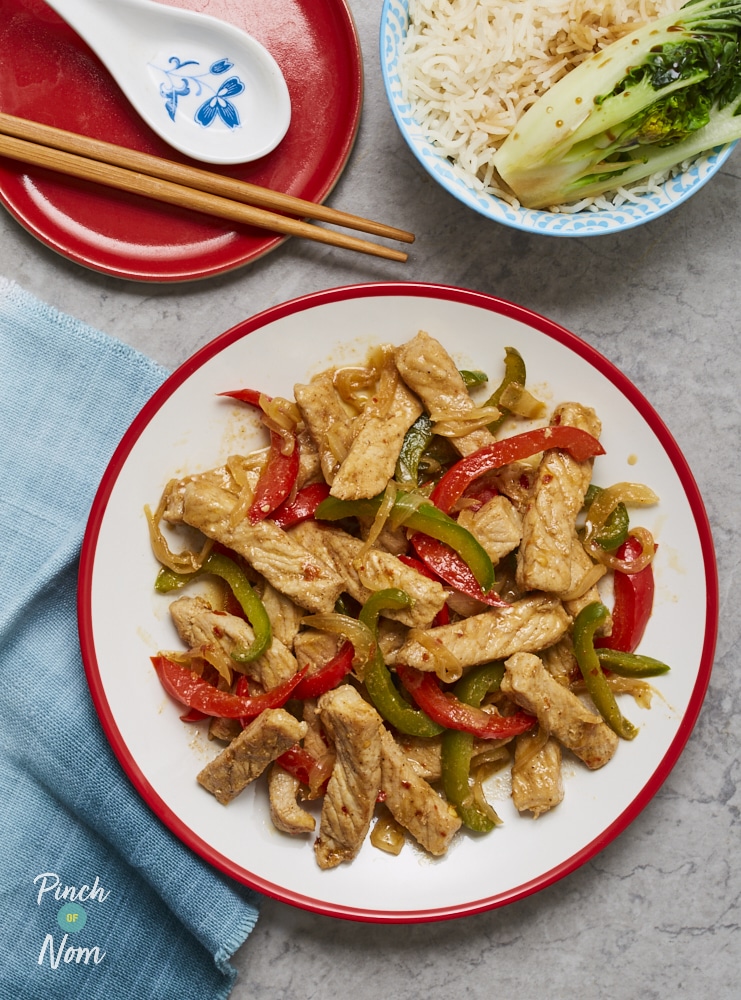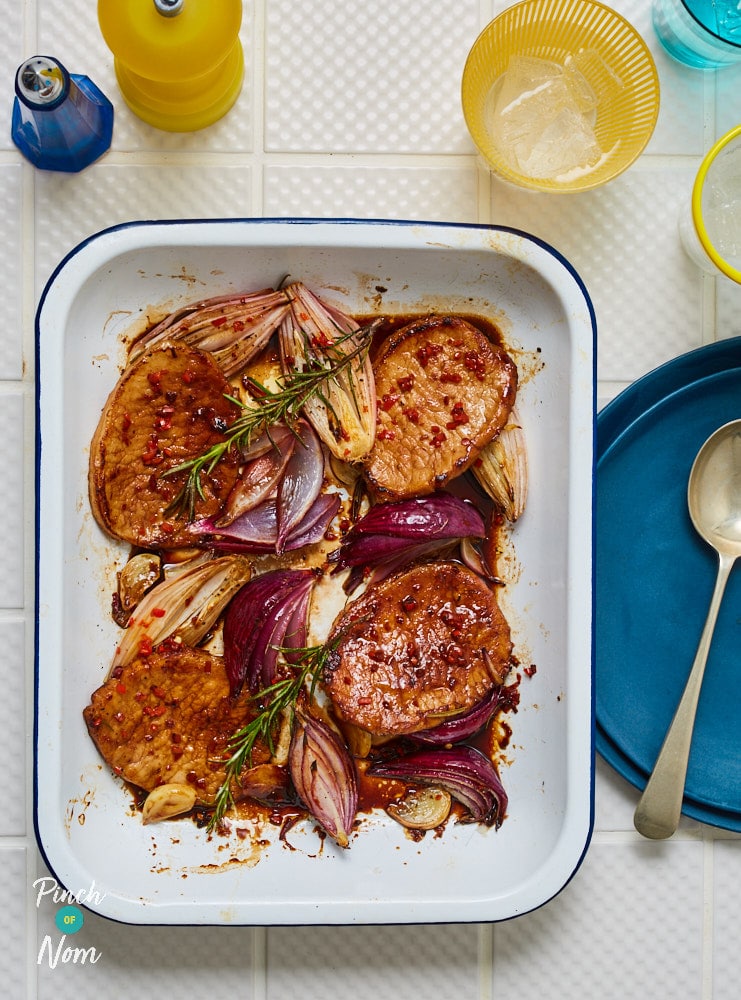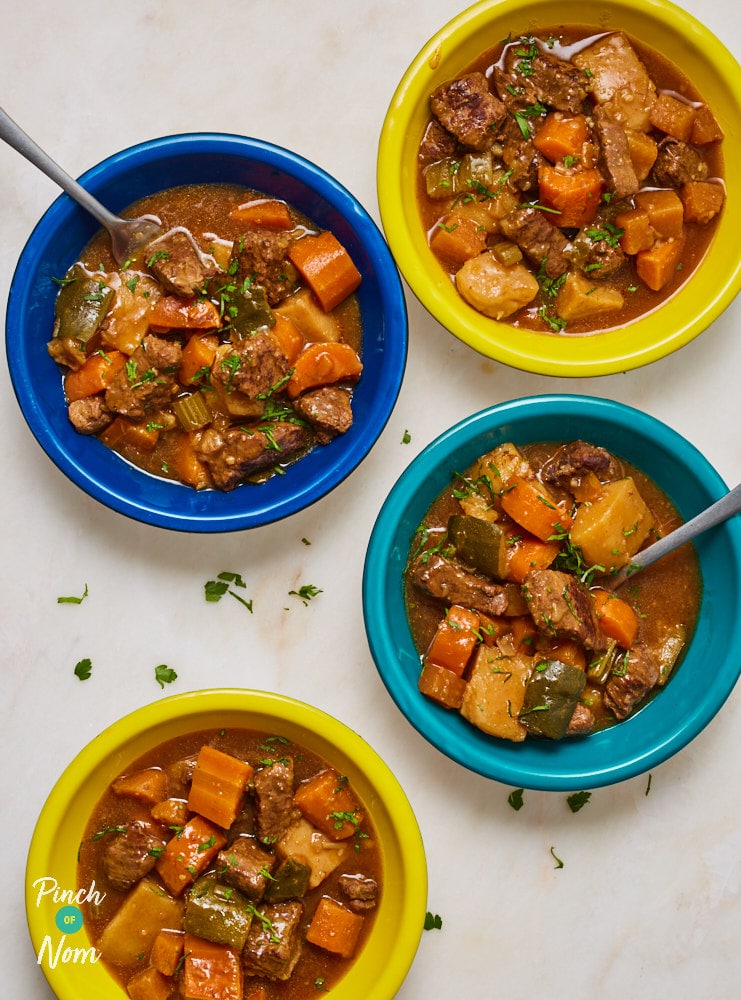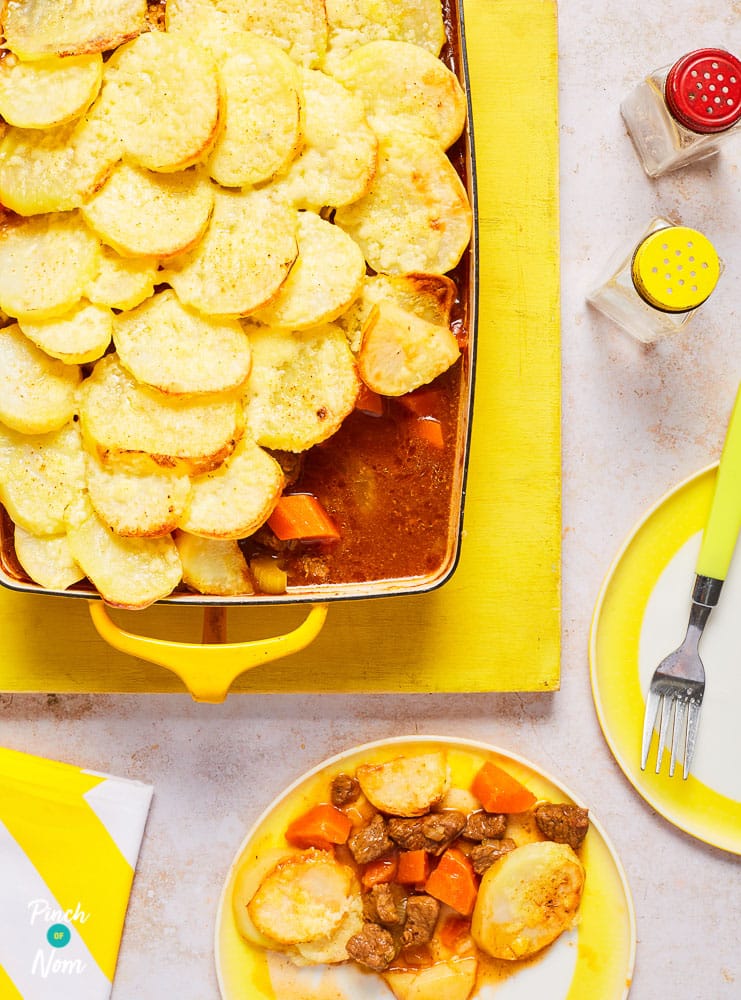Different Ways to Cook Meat
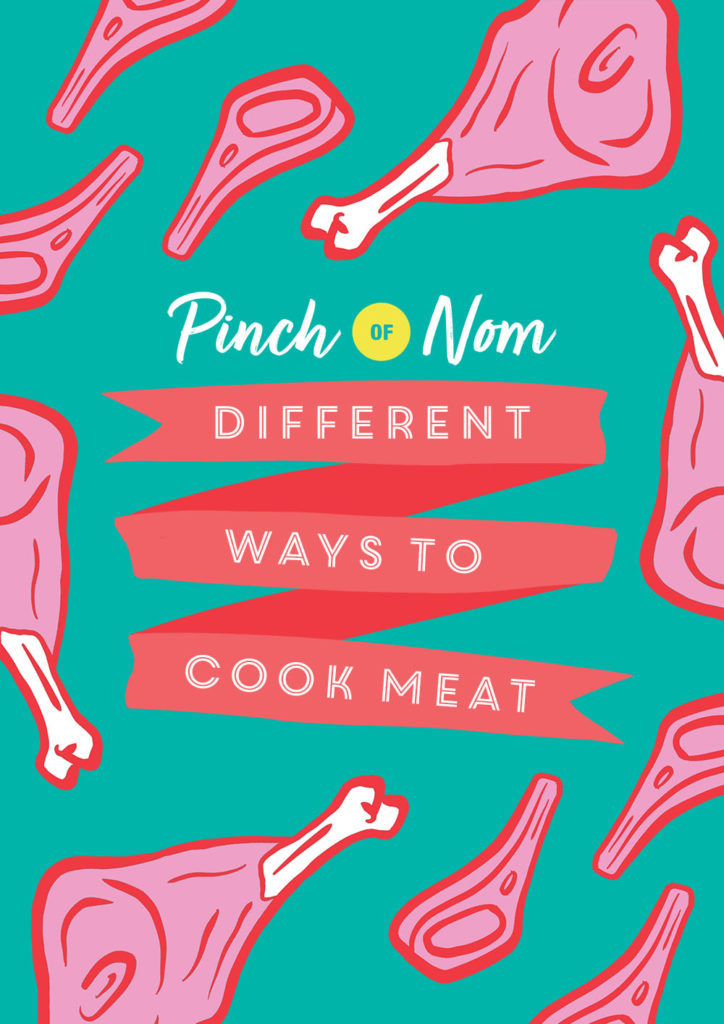
If you love meat, you’re probably used to enjoying meals built around it. From juicy, succulent steak to grilled burgers or a hearty stew, the meaty element in a recipe is usually what gives it its signature flavour.
Different types of meat require different levels of attention and (sometimes) a slightly different cooking method. You can either cook meat with dry heat, like roasting, or moist heat, like stewing. Whether you cook meat quickly or slowly will depend on the cut. If it’s a cheap, inexpensive cut, it’s best to use a moist, slower method like braising.
There are lots of different ways to cook meat, so we’ve put together a basic introduction to our favourite methods and the recipes we’d use them for.
The NHS website has helpful guidance on safely preparing meat to eat, so be sure to check it out if you’re unsure.
This post contains affiliate links. Find out what this means.
Dry heat methods
Roast it
If you’re roasting meat, you’re cooking it evenly on all sides with hot air at 150°C or higher. Roasting is most suitable for all sorts of meat, from beef and chicken to veal and lamb. Joints of meat or other large cuts like rump portions, ribs and legs cook perfectly in an oven.
We’d recommend investing in a meat thermometer if you don’t have one already. They’re an easy, safe way to judge whether your meat is roasted. Always insert at a slight angle through a chunky part of the meat for the most accurate measure!
This one from Amazon would be useful for preparing meat time and time again.

Our Roast Beef and Gravy recipe is a Sunday afternoon staple, and it’s the roasting of the meat and veg together that fills the house with smells that’ll have you excited for dinner.
Make sure you don’t carve up the joint straight away! While you’re scooping out the veg to make the gravy, wrap the cooked joint in tin foil and let it rest for 10-20 minutes. That’ll make sure it’s juicier and easier to carve.
We’re not drooling, you are!
Grill it
Grilling is a handy cooking option because it cooks lean cuts of meat (and veggies) super quick. The source of heat can be from above or below. If it’s a barbecue, the meat will be heated on a metal grill over a charcoal fire, but you can grill your meat under the grill section of your oven too.
We love the flavours barbecue-grilling unlocks because meat usually has a smokier, charred taste to it. Most BBQ-lovers are familiar with grilling beef, lamb or pork. You might lack confidence grilling chicken, as it’s easy to burn or undercook.
Don’t worry! Our BBQ Chicken Steaks recipe is so simple to follow and packed with that irresistible smoky flavour. The best part? They only take 10 minutes (after prep) on our BBQ!
They’re from our Everyday Light category at 319 calories per portion – so there’s room to enjoy them with a fresh side salad or yummy yoghurt dip.
Pan-fry it
Pan-frying is most suited to lean, tender meat that’s thin cut or already in strips, so it doesn’t need too much heat before it’s ready to eat. You’ll need to turn the meat occasionally until it’s done.
The bacon in our Bacon and Cheese Turnovers needs to be pan-fried for 2 minutes on both sides before it’s wrapped up and baked in the oven with cheese.
At just 114 calories, these are a great low calorie breakfast for the weekend. They’ll even keep in the fridge for up to 3 days so you can snack on them cold or reheated.
Unless you’re cooking a lean cut of meat (greasy meats release their own oils and fats), you’ll need to add oil to the pan before you fry. We always use a low calorie cooking spray.
You can limit the amount of oil needed by using cookware with a non-stick coating. This non-stick frying pan from Amazon has a couple of different sizes for various meat cuts.
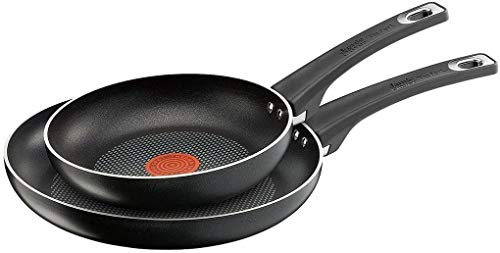
Stir-fry it
Stir-frying is a super quick cooking method for lean cuts of meat that normally uses a large frying pan or wok. Chuck in your fresh ingredients, keep stirring and let the heat do the work. Your meat will come out the other side tender and your veggies will retain their flavour.
If the wok’s out, it normally means we’re in the mood for a tasty Fakeaway like our Stir-fried Beef with Ginger and Spring Onion. Thinly sliced beef is ideal for stir-fries because it’ll go tender quickly over a high heat.
The key to stir-frying is in the name – keep stirring and stirring, making sure the ingredients are in motion over a high heat until they’re ready. That’s how the ingredients in this recipe go from prepped to cooked in just 15 minutes!
Sauté it
It can be confusing to tell stir-frying and sautéing apart; both involve keeping ingredients moving and cooking them on a high heat. They’re also both low fat cooking methods, so long as there isn’t much oil involved!
A key difference is in the cooking equipment you’ll need. For stir-frying a deep wok with a rounded edge is better, but to sauté a shallow pan is best. Rather than constantly stirring, your lean pieces of meat will only need turning over occasionally until they are cooked through.

The sliced pork in our Salt and Pepper Pork recipe is only in the pan briefly (no more than 8 minutes!), but it’s delicious and flavourful by the time it’s served.
The pork is pre-marinated with a home-made spice mix for an hour before cooking, so the flavours really infuse when they hit the oil in the pan. It’s a healthier way to get your Chinese takeaway fix.
Sear it
If you’re searing your meat, you’re cooking it at a high temperature until you get a tasty coating on the surface of the meat. The caramelised crust it forms on meat adds texture and seals in its natural flavours.
You’ll usually find searing as part of a more long-winded cooking process. For our Balsamic Glazed Pork, the lean pork medallions we use are seared in a hot pan for 2 minutes on either side before they’re oven roasted.
That means they’ll retain their meaty flavour and texture without drying out. The seared coating absorbs the balsamic glaze for a really tasty end result. So good!
Moist heat methods
Stew it
Who doesn’t love coming home to a warming stew on a chilly night? There’s nothing easier than throwing together classic ingredients and letting the heat do the work. For meat and any other ingredients to stew, they have to be entirely covered by liquid.
Our classic Beef Stew recipe is packed with nutritious, filling veggies. Stews work best with cheaper, tougher cuts. Stewing steak is perfect for this hearty dish because it’s budget friendly AND tasty. It will cook for hours and still come out of the oven juicy. Yes, please!
You can even turn up the indulgence by adding a small glass of red wine (or red wine stockpot). Make sure you have a crusty bread roll on hand to mop up any leftovers!
We use a large casserole pan to make this recipe. One like this from Amazon will be useful time and time again!

Braise it
Wet heat cooking methods like stewing, braising and poaching work really well with the right meats because they prevent them from drying out and losing their flavour. Unlike stewing, braising requires a small amount of liquid in the pot.
Braising is similar to slow cooking in that it cooks tougher cuts of meat low and slow. Both methods make the most out of inexpensive chunks of meat by transforming them into flavoursome dinners.
To keep the calories in our Cumberland Pie down, we use a lean braising steak with all the visible fat removed. You can let the steak, veg and stock bubble away on the stovetop for 2-2.5 hours before it’s topped with potatoes and baked in the oven.
Poach it
Poaching submerges meats in liquid heat for cooking too, but it’s often at a much lower heat level. This makes it a better choice for more delicate meats or fish. It doesn’t use fat or oils, so it’s a relatively healthy cooking method.
Like braising, poaching is a form of simmering. Unlike in a stew or a pie where we’d want the meat pieces to go a little softer and juicier, poaching a meat allows it to remain intact.
After browning the chicken on both sides for our Creamy Lemon Chicken recipe, you can add the full breasts to the preheated creamy cheese sauce. Letting the ingredients simmer is part of what makes this recipe SO easy! It takes around 10-15 minutes for a full breast to poach until tender.
When the breasts are ready and rich with flavour, serve them with fluffy rice or wedges for a tasty midweek dinner.
Knowing whether to cook your meat with dry or moist heat is a step towards knowing the best way to make the most of its flavour. Quicker methods are more suited to lean, tender meats. Slower cooking methods work best with cheaper, tougher cuts because the flavours need a little longer to unlock.
Don’t forget to save your leftovers! They could be a quick lunch or next week’s midweek dinner. The NHS website has plenty of useful information on storing and reheating different kinds of ingredients, including meat.
Need some extra help and motivation on your slimming journey?
Do you have any top tips for cooking meat? Tell us over on our Facebook Group. There are almost 1 million members in the group already, waiting to share inspiration, motivation and support for your slimming journey.
